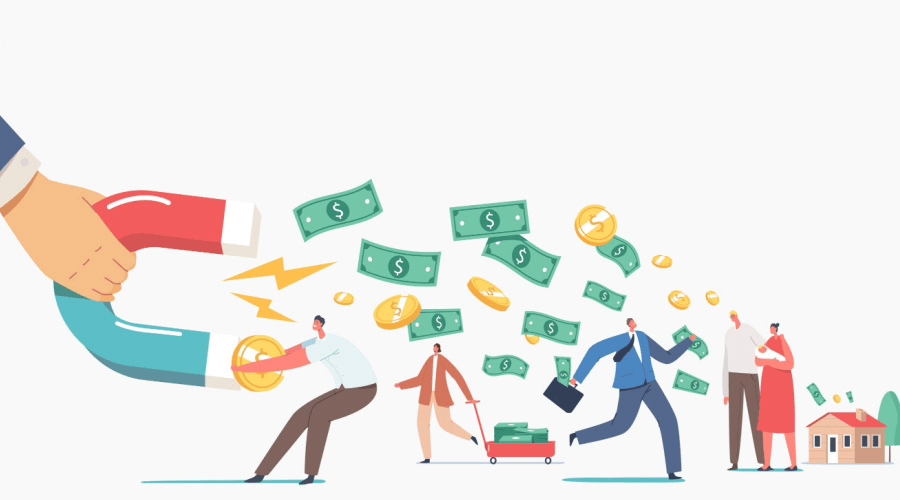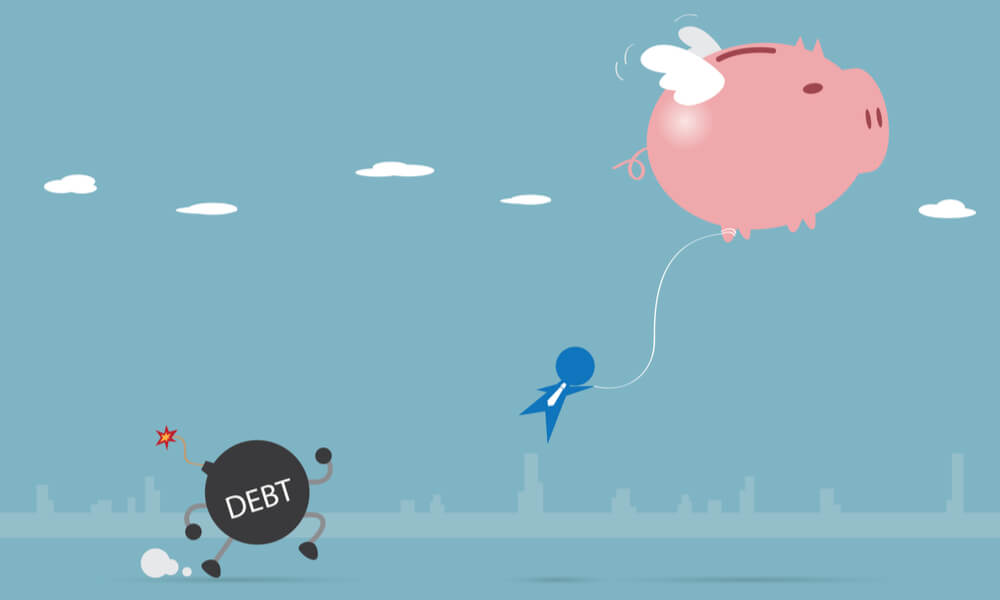Earlier in 2015, millions of Australians looked forward to the relief that was meant to come from the official interest rate cuts to 2.25 per cent. A decrease to the interest rates from The Reserve Bank of Australia should equate to a lower cost of financing used for major purchases, including mortgage loans, auto loans and personal loans. It also presented an opportunity for some individuals carrying higher interest debt to consolidate into more cost effective, lower rate loans. Although some borrowers may be able to take advantage of the lower interest rates to refinance outstanding loans, no debt relief is in sight for those carrying high interest rate credit card debts. The credit card rates are still high and don’t seem to decrease despite the interest rate cuts.
Interest rates on credit cards vary greatly among borrowers, but the maximum rate charged by lenders has moved in the opposite direction of official interest rates. Currently, Australians can be charged up to 23.5 per cent on outstanding credit card debt, up from the previous maximum charge of 22.99 per cent. For those who carry a balance over each month or only repay the minimum amount required, eliminating debt on credit cards is next to impossible.
Debt relief through different means
Debt relief is a possibility though, even when high interest rate credit cards are a concern for borrowers. Consolidation through a personal loan with a lower interest rate may be an option for some borrowers with high interest rate credit card debt, while borrowing from the equity in one’s home may also be a smart choice. Each of these options helps reduce the total interest rate paid on the outstanding balance over time, reducing the cost of carrying debt and providing some relief on the monthly budget each month. If these options are not easily accessible to borrowers, however, debt relief may come down to cutting high interest rate cards through negotiation with creditors.
Although credit card providers can charge up to 23.5 percent to borrowers, there are credit cards that charge as little as 8.99 percent on outstanding balances. In order to reduce the total amount paid toward credit card bills each month, working directly with creditors to decrease the interest rate being charged may be possible by simply asking. If your credit card lender is unwilling to decrease your interest rate, it is worth finding a new credit card provider that offers much lower rates. Cutting high interest rate debt through consolidation, negotiating with creditors or switching to cards that charge much lower interest rates can all provide some degree of debt relief and make it easier to budget each and every month. For help on getting quicker debt relief, speak to one of Just Budget’s financial consultants who are always happy to help you.







